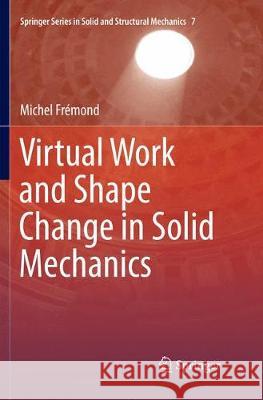Virtual Work and Shape Change in Solid Mechanics » książka
topmenu
Virtual Work and Shape Change in Solid Mechanics
ISBN-13: 9783319821535 / Angielski / Miękka / 2018 / 371 str.
Kategorie:
Kategorie BISAC:
Wydawca:
Springer
Seria wydawnicza:
Język:
Angielski
ISBN-13:
9783319821535
Rok wydania:
2018
Wydanie:
Softcover Repri
Ilość stron:
371
Waga:
0.54 kg
Wymiary:
23.39 x 15.6 x 2.06
Oprawa:
Miękka
Wolumenów:
01
Dodatkowe informacje:
Wydanie ilustrowane











